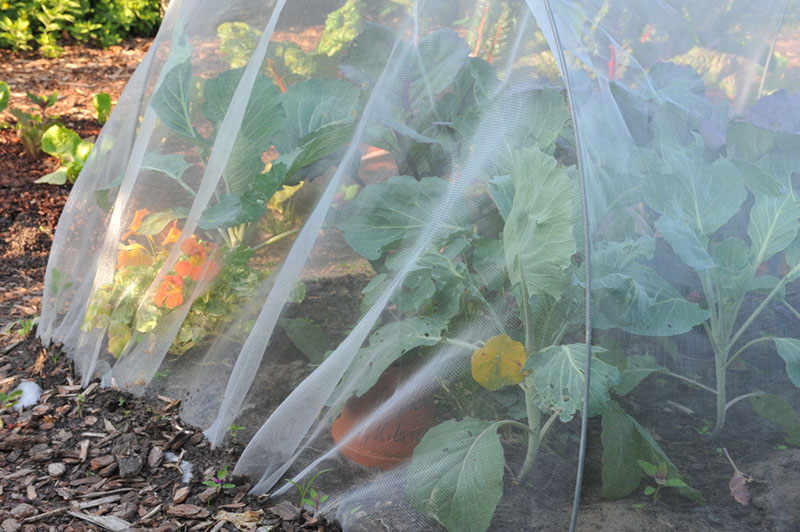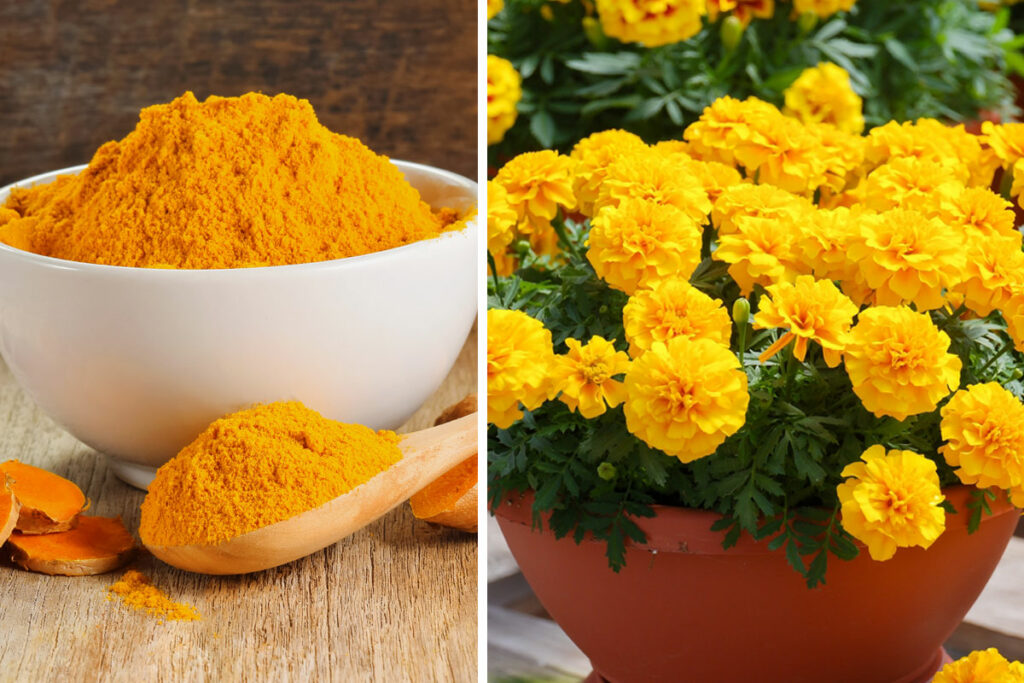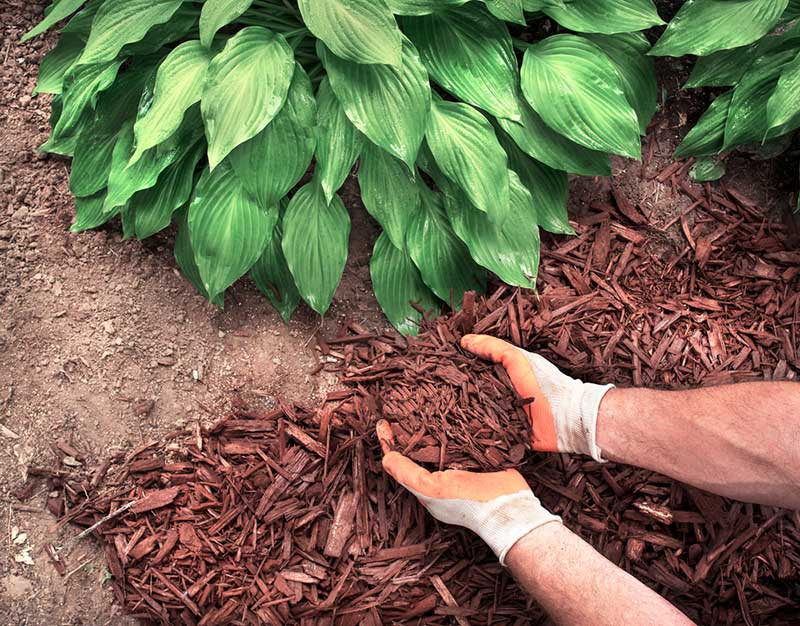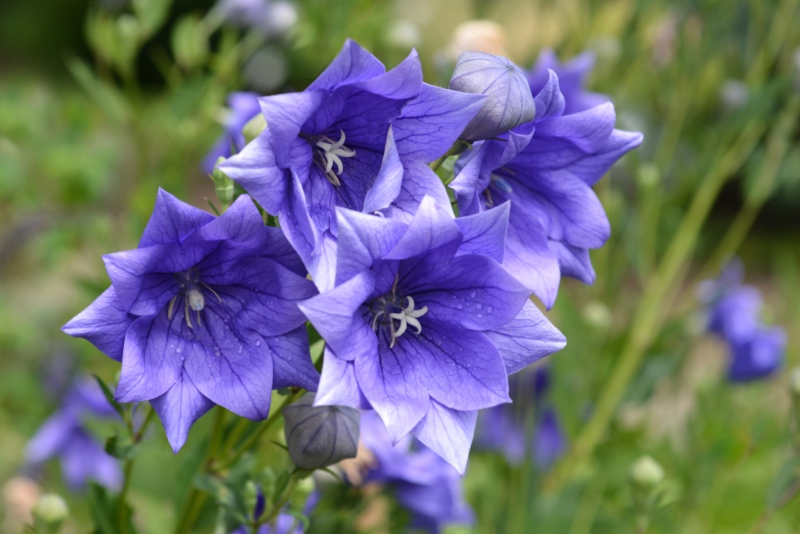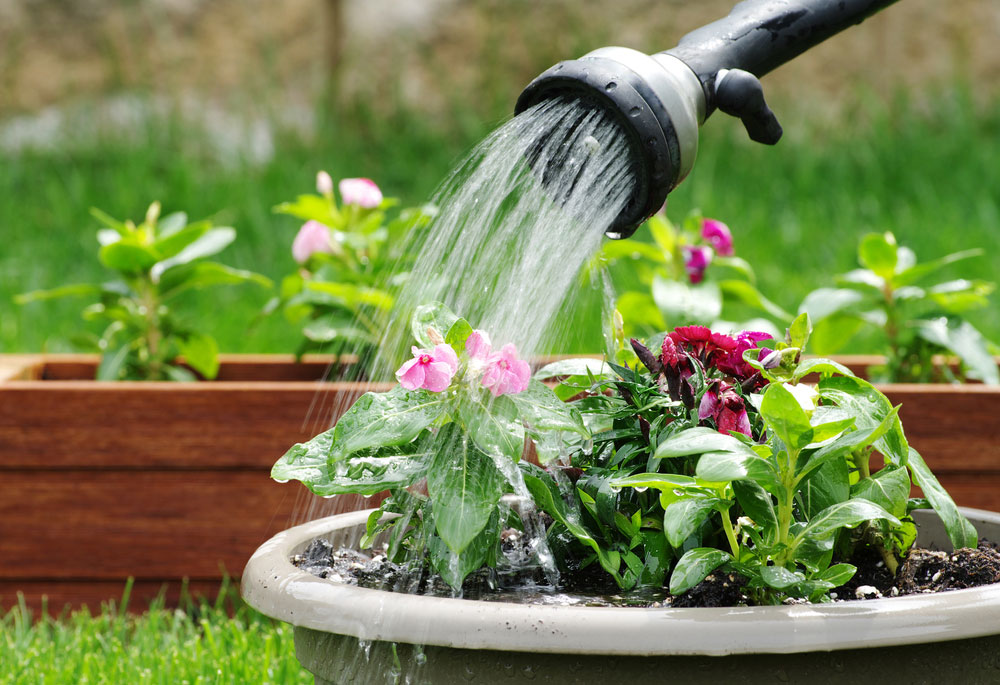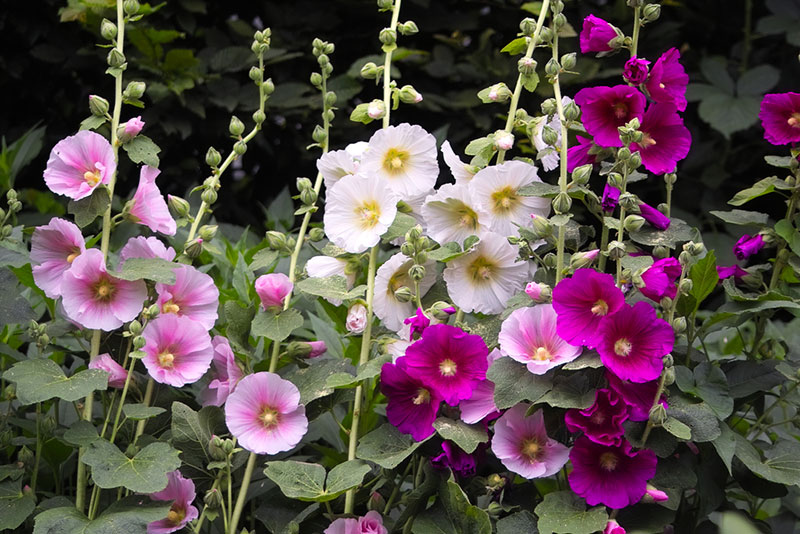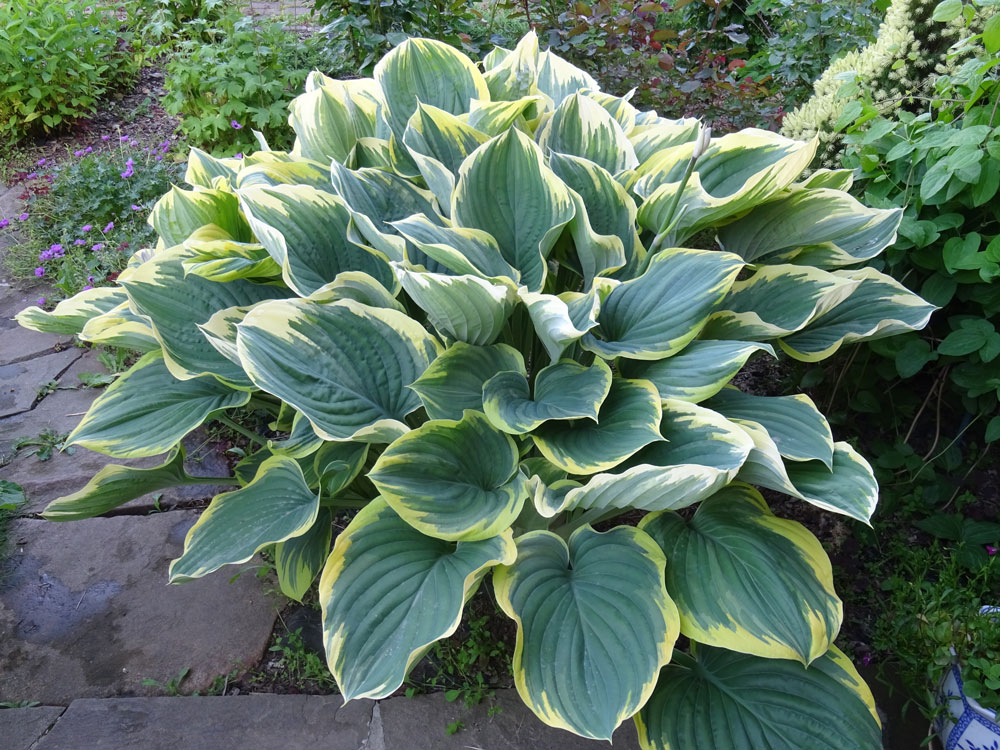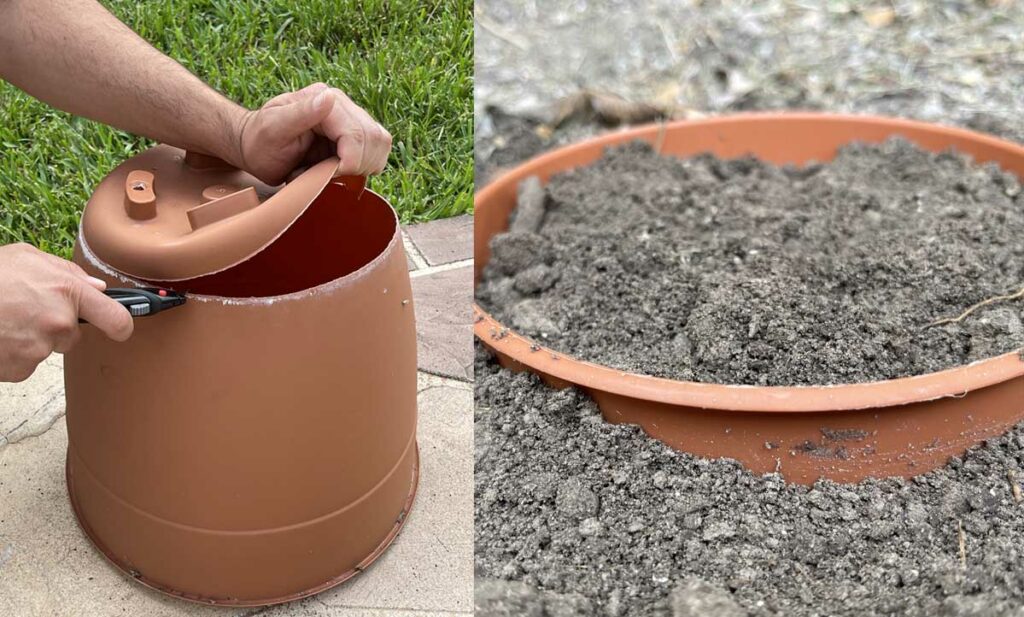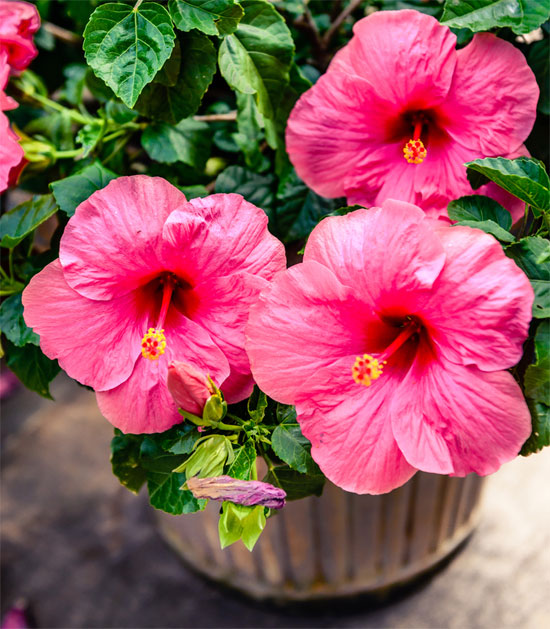
It’s getting colder outside, and in many parts of the country, the first frost is approaching quickly. In fact, some areas have already had their first snow; so hopefully, you were able to get your plants inside to protect them from the cold. If your plants are still outside, this guide is designed to help you bring them inside safely so that they can continue to grow during the cold winter months.
When to Bring Your Plants Indoors
It is difficult to say exactly when to bring in your plants because the temperature is going to vary based on where you live and how warm the weather is that particular year. If you are unsure, make sure to track your local weather because you will want to have all of your plants inside about two weeks before the first frost. Most plants do not like temperatures under 45 degrees Fahrenheit, so if it is getting close to 50 degrees Fahrenheit during the night, it is time to think about bringing them indoors.
Which Plants Should You Bring Indoors
Any plant can be brought indoors, but since sunlight in your home is going to be more limited than it is outside, you may want to make bringing your healthiest plants indoors first. Now, of course, any plant that is close to your heart because it was a gift from a loved one or it reminds you of someone should be included on that list as well. If you still have space for more plants, then you should consider plants that can brighten your home during the cold winter months.
Getting Your Home Ready
Before you bring your plants indoors, it is best to check out your home to find the best locations for them. They will need to have a good amount of natural sunlight, and you want to keep the plants away from places where there may be a draft. This means doors and windows that are not airtight, but it means vents and heaters in your home as well.
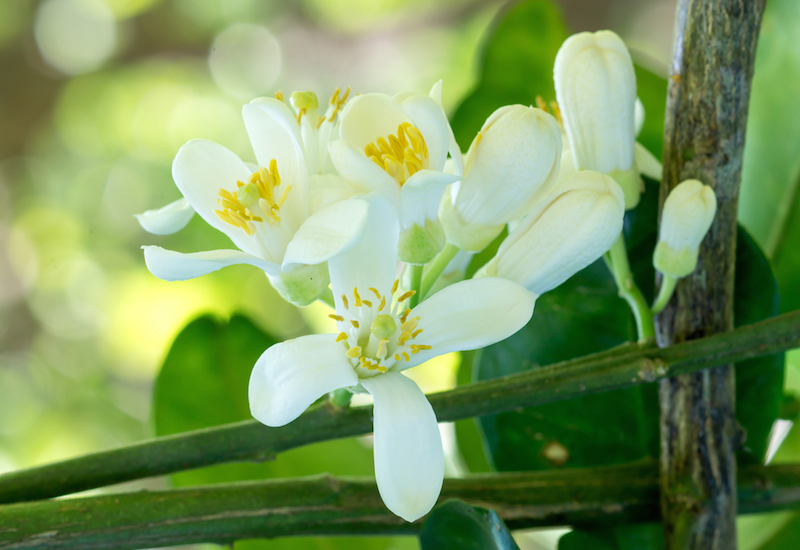
Debugging Your Plants
The last thing that you want to do is bring pests into your home with your plants, so before you move your plants, you will need to debug the entire plant, including the leaves, the roots, and the soil.
• Leaf Dwelling Pests – These are pests like mealybugs, aphids, mites, and spiders. They are not all hazardous to your plants, but they are still pests that you want to keep outdoors. If you examine your plants closely, you will be able to determine if these pests are on the plants by looking near where the leaves connect to the stem as well as on the underside of the leaves.
The simplest way to get rid of these leaf dwellers is to simply spray the plant with a garden hose to wash the bugs from the leaves. If you do not have a hose with a spray that is gentle enough not to damage your plants, you can simply dunk your plants in water and leave them there for about 15 minutes or so. Adding a drop of dish soap can also help get rid of any unwanted pests that are living on the plant.
• Soil Dwelling Pests – These are pests like ants, slugs, and earwigs. Often you can simply pull the plant out of the pot to see if there are any pests in the soil. Most of them will be near the surface, but some do dig deeper into the roots, so be thorough.
If the pest problem is too large to take care of by simply removing them from the soil or dipping the plant in water, you may need to get rid of all of the soil that surrounds the roots. This is a process, but if you want a healthy plant, it may be needed. In addition, if the plant is becoming too large for its pot, this creates the perfect opportunity to repot the plant.
If you suspected the plants of having pests, when you bring them indoors, you may wish to consider quarantining them. This means placing them in a separate room for a period of time to ensure that pests do not make their way to your other houseplants.
Acclimate Your Plants before Bringing Them Inside
When a plant transitions between different temperatures, light, and humidity levels, they can go into shock because the change is too drastic. This means that their leaves will wilt, brown spots can form, and their leaves can even fall off, so you need to avoid any drastic changes that could affect the plant.
This means that you should not wait until it is really cold outside to bring your plants indoors. In fact, if you begin the process early enough, you can start by bringing your plants inside at night when the temperature drops and taking them back outside during the day when the sun’s warmth will touch their leaves. Do this process for about two weeks, then make the full transition to an indoor environment.
Provide Your Plants with the Proper Care Once Indoors
When you move your plants indoors, you will want to ensure that you are caring for them properly because they will not need the same care as they did outdoors. When it comes to the amount of light, you will want to find a location that has a lot of natural light, but not a lot of bright LED lighting.
When you water your plants, remember that they are not going to be in the direct sunlight anymore, which means that they will not require as much water, especially if their growth slows during the winter. A good rule of thumb is to touch the soil before adding water. If the soil is dry to the touch, then add water. Make sure that the soil drains well and the pot does not hold water so that root rot does not occur.
Alternatives for Limited Space
Not everyone has enough space in their home for all of their plants to come indoors, even when you build shelves to create more space, so you may need to come up with other solutions to keep your plants alive.
• Force Plant into Dormancy – Some perennial plants are designed to go into a dormant state during the winter, so you can place them in your attic or garage in a location that is between 20 and 40 degrees Fahrenheit. When the plants are in this dormant state, they require very little light and water to survive.
• Prepare Cuttings Instead – If you have a small plant that you want to have growing in your garden again next year, you may be able to create a cutting to grow indoors during the winter. Cuttings take up much less space than full plants, and they will most likely grow better than plants that need to adjust to indoor life.
Final Thoughts
Bringing your plants indoors for the winter can take a lot of work to make sure that they are not infested by pests and that the plants will continue to grow once they are inside. However, if you take the time to care for your plants properly, you can easily move your plants back outdoors to enjoy the sunlight when the temperatures rise above 60 degrees Fahrenheit during the day.





